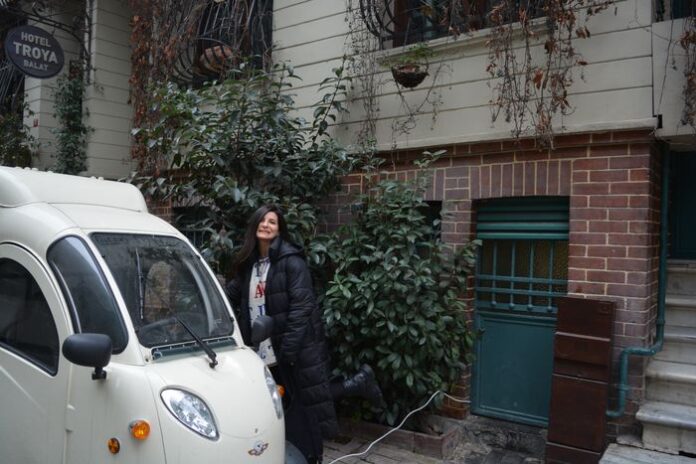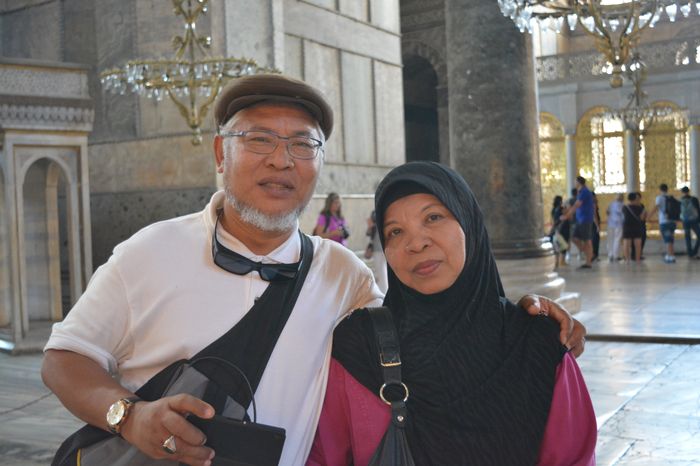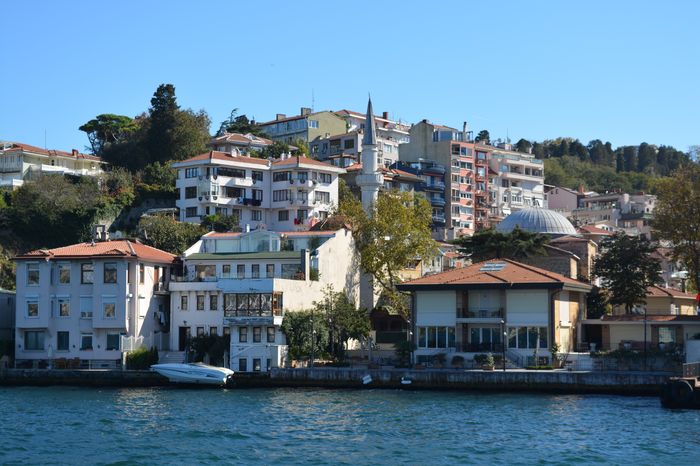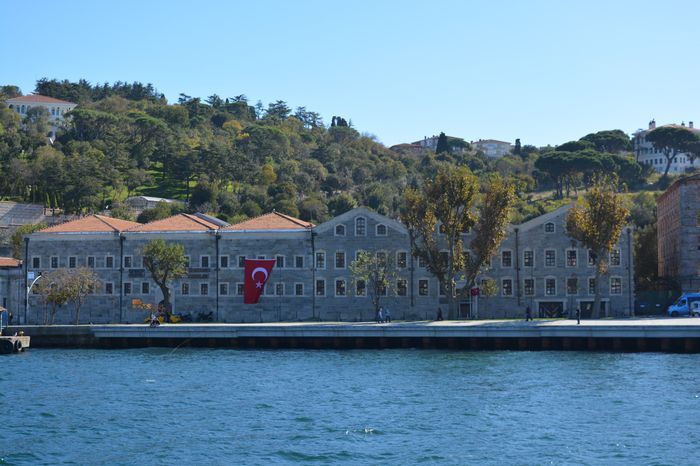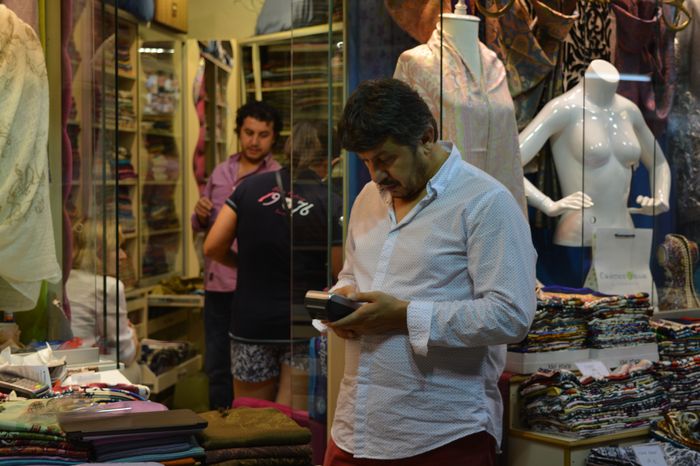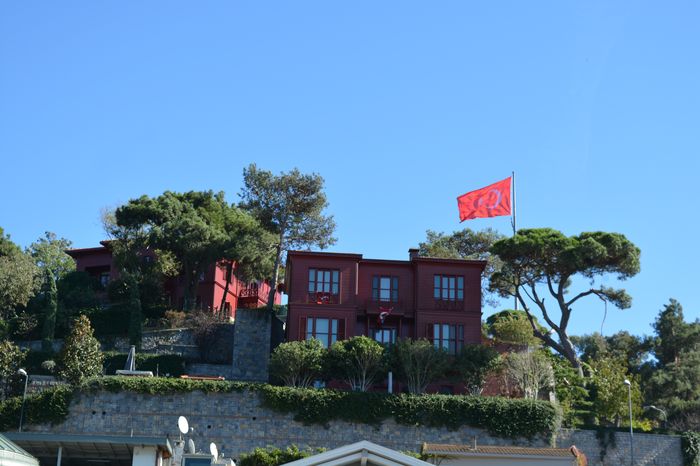The exact location and borders of the Venetian quarter in Constantinople remain a major question in historical studies. Most of what we know comes from Venetian accounts. These sources suggest that the Venetian quarter was near today’s Eminönü area, or more specifically, around Odun Kapı.
Some scholars have studied 16th-century Ottoman written records to find a more precise location. These sources point to a larger area stretching between Eminönü and Odun Kapı as the possible site of the Venetian quarter. However, the exact borders are still unclear and debated among historians Istanbul Guided Customized Tours.
This paper focuses on what the Ottoman documents from the 16th century actually tell us. It asks how reliable these documents are for identifying the Venetian quarter during the Byzantine period. The goal is to carefully examine these historical sources to understand their value and limitations in solving this mystery about Constantinople’s past.
Complexity of Roman Empire Cookery
We have some ideas about food during the early Roman Empire from sources like the cookery book of Apicius and the satirical story of Trimalchio’s Feast. These sources describe food that was very complex, with many different ingredients and unusual flavor combinations. Some of these dishes might seem strange or even unpleasant to modern tastes.
However, it is important to remember that this detailed and complicated cooking probably belonged only to the rich and elite classes of society. Most people likely ate much simpler food, but information about their diets is mostly lost to history Ceremonies in the Suburbs of Constantinople.
Byzantine Food Compared to Early Rome
We do not have any cookbooks from the eastern part of the Roman Empire that survived through the Middle Ages in Europe. But there is still evidence about the food people ate across different social classes during the Byzantine period.
From what we know, even the elite during Byzantine times tended to eat simpler food compared to the early Roman Empire. This suggests a change in food culture over time, possibly reflecting different social, economic, or cultural conditions.
This study shows that understanding the exact location of the Venetian quarter in Constantinople requires careful analysis of both Venetian and Ottoman sources. At the same time, looking at food history helps us understand how culture and daily life evolved from the Roman to the Byzantine periods. Both topics remind us that history is often complex and that many details remain unclear, requiring ongoing research and discussion.
